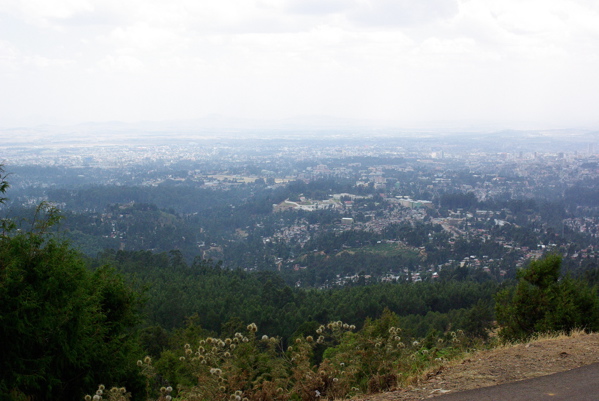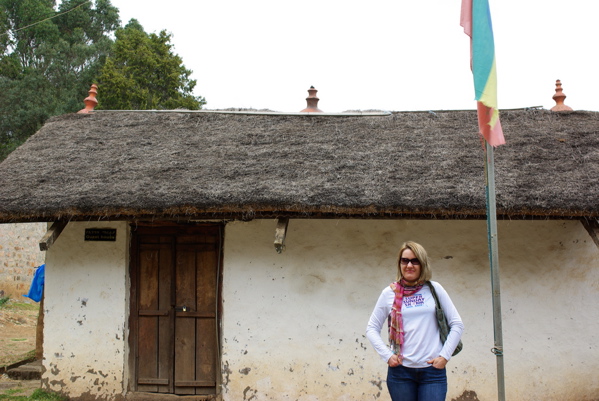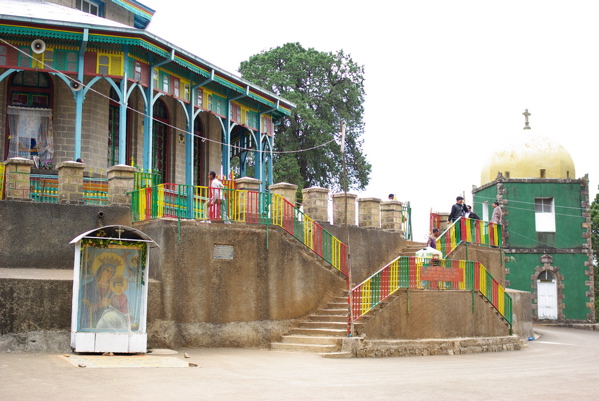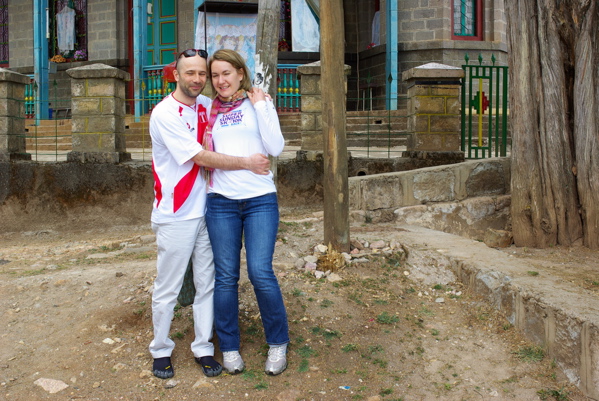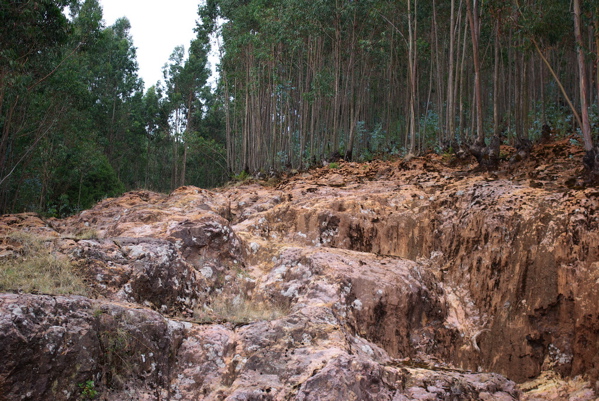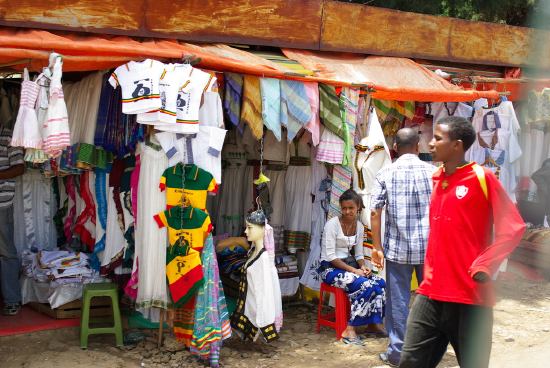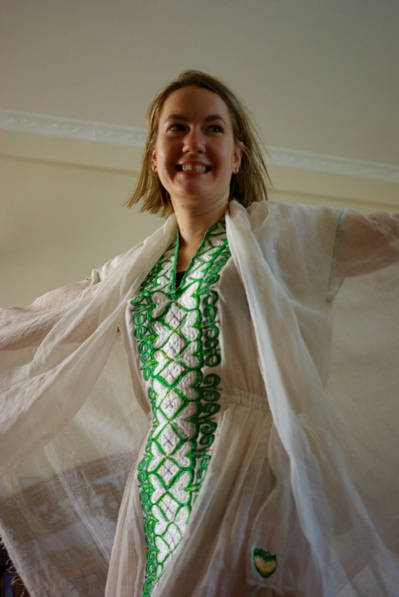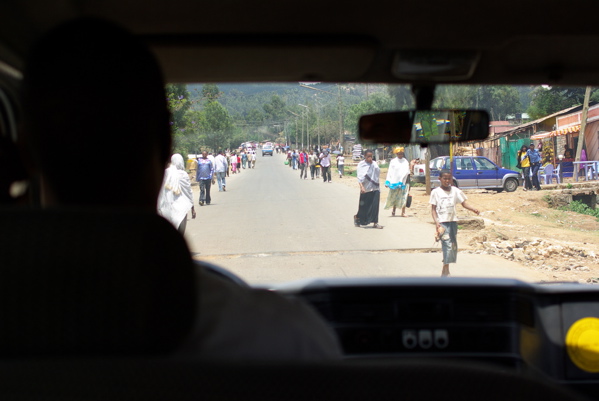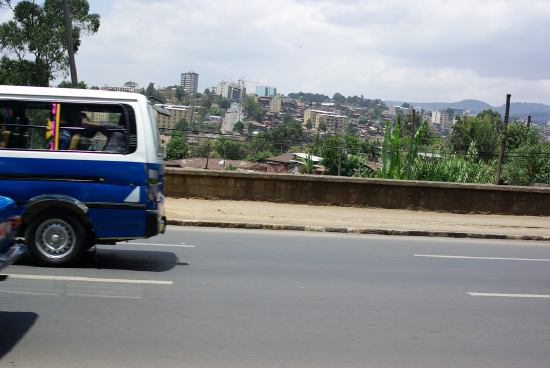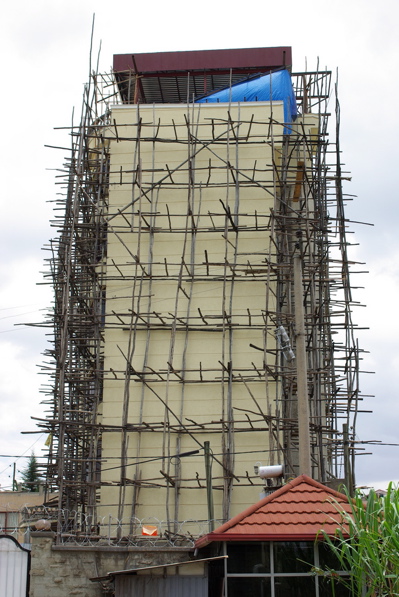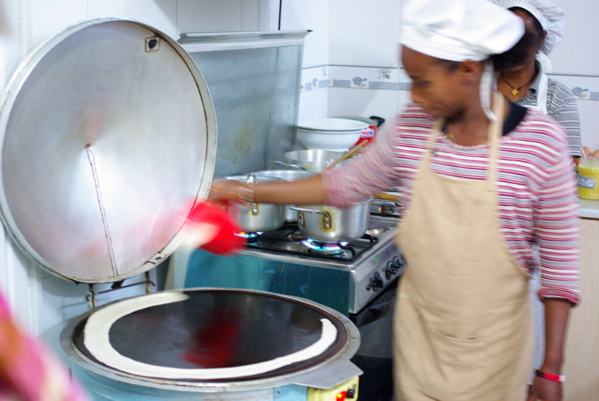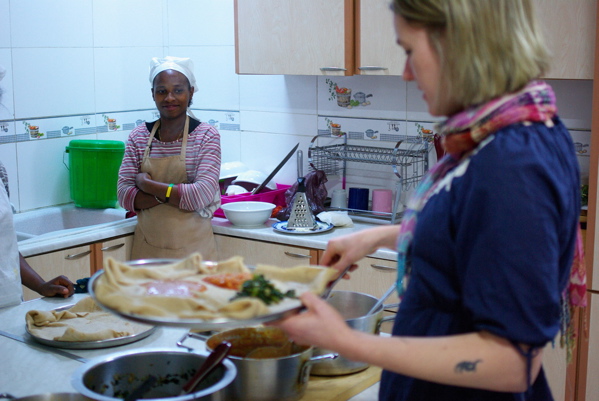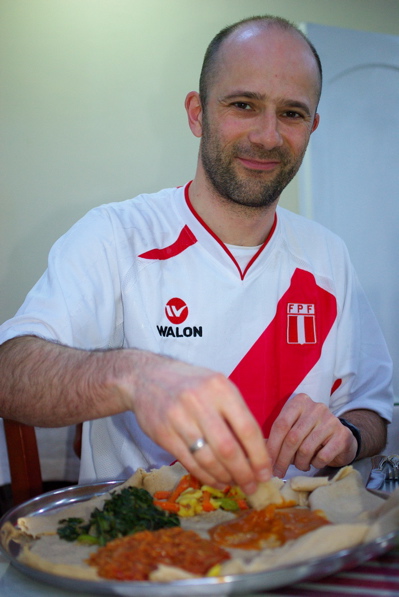In a nutshell: He’s officially our son, and he is awesome.
I can’t post pictures of his face until we bring him home in 4-8 weeks (after we secure an appointment at the US embassy in Addis Ababa). It is a shame, because he is incredibly beautiful, especially his large, emotive eyes.
I am missing him, but life here is so unbelievably fraught with stress that one small part of me is thankful he is not here yet. We had been on a buying frenzy for everything we’ll need to welcome a toddler into our home, when we got a call from our landlord saying that our home will no longer be our home. He is giving the apartment to his son and we have to move by August 1st or sooner. Which means we can either wait to move and have to deal with a newly-adopted 3 year-old who won’t understand what is going on while we pack, or attempt to move in the 4-8 weeks before he comes to us and risk messing up our paperwork. The perils of renting an apartment without a lease. Oh dear lord, the stress…
Digressing.
We arrived in Addis Ababa on Sunday morning, tired but revved up to spend the day exploring the city, as the rest of our trip would be spent with adoption-related activites. We hired our guest house’s driver to take us to Mount Entoto, the sacred mountain that overlooks the city. We had originally envisioned hiking to the top, but we quickly saw what a folly that would be given our jet lag plus the altitude plus the downright steep climb in the African sun.
At the top of Mount Entoto, our driver took us to a museum chronicling Christainity in Ethiopia (entrance price: 1 birr for locals, 30 birr for foreigners — roughly 2 bucks, but still) and also a tour of the first emperor’s “palace.” We tried very very hard to look impressed, but it was hard.
There was also a very colorful church, painted in Ethiopia’s favorite colors. Very rasta…
We are so tired that we couldn’t even keep our eyes open for a picture in front of the church.
The mountain itself has a bounty of eucalyptus groves that are apparently an important source of firewood for the people of Addis.
After Mount Entoto, our driver took us to a popular shopping district that featured a never-ending row of stalls filled with traditional Ethiopian goods. I bought a coffee ceremony dress for 380 birr (about 22 dollars, bargained very poorly down from 450 birr) and Mr. P bought a shirt and some bracelets.
On the way back to the guest house, we had a requisite coffee break at Cafe Tomoca. Although I prefer walking in cities, it would have been impossible to take a leisurely stroll in Addis, as it is sprawling and 99% of the roads have no street signs, traffic lights, or sidewalks. There are also a lot of persistent beggars and people hawking random objects to tourists (tissues, world maps, tomatoes), so many so that some tourists hire a person whose express purpose is to keep people away from them.
Incidentally, gas costs the same amount in Ethiopia as it does here — roughly $4/gallon — but the average Ethiopian makes $50/month, so “private” driving is reserved for the elite, although the blue minibuses that serve as bus transport are ubiquitous.
It seems like the entire city was under construction. Wooden scaffolding was everywhere.
When we arrived back at the hotel, the manager told us that they were having a cooking demonstration in the kitchen in 10 minutes, so we dragged our sleep-deprived bodies to wait in the dining room. Our guest house caters heavily to adoptive families, though only one other couple in our travel group had elected to stay there and they were not arriving until the next day. Instead, there were 6 couples from another adoption agency staying there. They had all bonded on their long, six-hour journey to meet their children, who were in an orphanage in the south. They regarded us suspiciously at first, but when we began talking to them they were nice and I found out how excellent our agency is, because our kids stay in a special agency-run orphanage in Addis, which allows us to see them frequently, and they only saw their kids for two hours.
The injera demonstration began. They passed out the recipe (which called for 11 pounds of teff flour and 4 cups of teff yeast) and showed us injera in various stages of its 3-day fermentation. Then one of the cooks expertly whipped the batter onto the grill, pouring in a reverse spiral motion.
They also made various wats that were so good I ignored my lack of hunger and dug in.
The local time was only 5pm, making this the earliest Mr. P has ever eaten dinner, but jet lag had us so disorientated that it didn’t matter. We were ready to sleep for the next 12-14 hours and needed sustenance to see us through…
